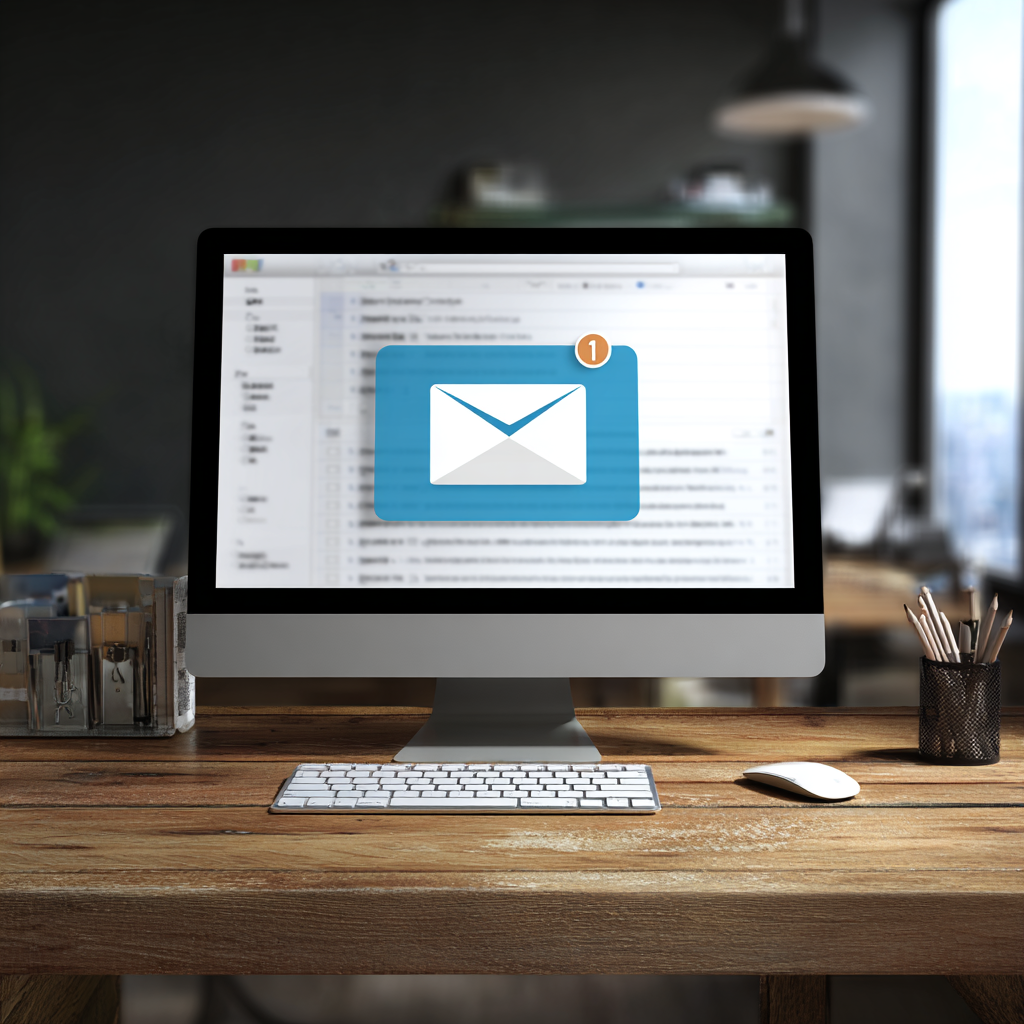Is It Safe to Work on Public WiFi?
Thu Jul 17 2025
|Internet ServicesIs it safe to work on public WiFi? Learn about security risks, protection strategies, and essential tools to stay secure while using public networks safely.

Public WiFi has transformed how we work and communicate online. According to recent data, almost 60% of internet users worldwide have logged into personal email accounts on public WiFi networks, with nearly 50% using these connections for financial transactions and 18% for remote work activities. This widespread usage highlights a significant disconnect between user behavior and the potential security risks involved.
The appeal is undeniable – free, readily available internet access that enables seamless communication, remote work capabilities, and on-the-go productivity. However, this convenience comes at a cost that many users don’t fully understand or appreciate.
Understanding the Risks: Why Public WiFi Isn’t Safe
1. Unencrypted Networks Leave Data Exposed
Many public WiFi hotspots lack proper encryption, transmitting data in plain text format. This fundamental security flaw makes it alarmingly easy for cybercriminals with basic tools to intercept your online activities, including:
- Banking information and financial transactions
- Login credentials for email and social media accounts
- Personal messages and communications
- Sensitive work documents and files
Even password-protected networks can pose risks because users share the network infrastructure with numerous other individuals, inherently increasing the exposure potential of transmitted data.
2. Evil Twin Attacks: When Networks Aren’t What They Seem
One of the most deceptive threats involves “evil twin” attacks, where hackers create fake WiFi networks that mimic legitimate ones. These malicious hotspots often use names similar to authentic networks, such as:
- “GoodNight Inn” instead of “Goodnight Inn”
- “Starbucks_Free_WiFi” mimicking official Starbucks networks
- Generic names like “Free WiFi” or “Airport WiFi”
3. Man-in-the-Middle (MitM) Attacks
In Man-in-the-Middle attacks, cybercriminals secretly position themselves between your device and the internet servers you’re trying to reach. This positioning allows them to:
- Intercept and read all your communications
- Capture credit card numbers and login credentials
- Modify data being transmitted
- Inject malicious content into websites you visit
These attacks are particularly concerning because they’re cheap, easy, and effective, with specialized devices like the Wi-Fi Pineapple costing as little as $120 while capable of interfacing with hundreds of devices simultaneously.
4. Packet Sniffing and WiFi Snooping
Packet sniffing involves cybercriminals using specialized software to “eavesdrop” on WiFi signals. Through this method, attackers can monitor:
- Web pages you visit
- Sensitive documents you access
- Photos and files you send or receive
- Real-time communications
Since most public WiFi networks are open and lack encryption, monitoring network traffic becomes a straightforward process for anyone with the right tools and knowledge.
5. Malware Distribution and Device Compromise
Public WiFi networks can serve as distribution points for malware attacks. Cybercriminals can exploit software vulnerabilities to install malicious programs on connected devices, including:
- Spyware: Secretly steals personal information
- Ransomware: Holds your system hostage for payment
- Botnet malware: Turns your device into a “zombie” for distributed attacks
Attackers can inject infected advertisements into websites or trick users into downloading fake applications that appear legitimate.
The HTTPS Factor: Better, But Not Perfect
The widespread adoption of HTTPS (Hypertext Transfer Protocol Secure) has significantly improved public WiFi safety. HTTPS encrypts data transmitted between your browser and servers, making it unreadable to potential snoopers. Most websites now use HTTPS, indicated by “https://” in the URL and a padlock icon in your browser.
However, HTTPS isn’t a complete solution:
- Incomplete coverage: Some websites still use unencrypted HTTP connections
- DNS exposure: DNS requests (which translate website names to IP addresses) often remain unencrypted
- Malicious HTTPS sites: Cybercriminals can obtain SSL certificates for phishing sites, making them appear legitimate
- App vulnerabilities: Mobile applications don’t always encrypt data properly, and it’s often difficult to verify their security protocols
Essential Security Measures for Public WiFi
1. Use a Virtual Private Network (VPN)
A VPN represents your most crucial defense against public WiFi threats. It creates a private, encrypted tunnel between your device and the internet, routing all traffic through secure servers. This encryption makes your data unreadable to anyone monitoring the network, including WiFi operators and potential attackers.
When choosing a VPN:
- Opt for reputable, paid services over free alternatives
- Ensure the provider has a no-logs policy
- Look for strong encryption protocols (AES-256)
- Choose providers with servers in multiple locations
2. Verify Network Authenticity
Before connecting to any network:
- Confirm the official network name with staff or posted signage
- Be suspicious of generic names like “Free WiFi” or “Public Internet”
- Watch for slight misspellings or variations of legitimate network names
- If a password is publicly displayed, treat the network as potentially unsecure
3. Avoid Sensitive Activities
While connected to public WiFi, refrain from:
- Online banking or financial transactions
- Entering credit card information
- Accessing confidential work documents
- Logging into sensitive accounts without additional protection
- Shopping on e-commerce sites
Save these activities for secure home networks or trusted personal hotspots.
4. Configure Device Security Settings
Disable automatic connections: Turn off features that automatically connect your device to available networks. This prevents connection to potentially malicious networks without your knowledge.
Turn off file sharing: Disable file sharing features like AirDrop (Apple) or file and printer sharing (Windows) to prevent unauthorized access to your device files.
Enable firewall protection: Ensure your device’s firewall is active to block unauthorized access attempts and malware threats.
5. Implement Strong Authentication Practices
- Use strong, unique passwords for all accounts (minimum 14 characters with mixed case, numbers, and symbols)
- Enable two-factor authentication (2FA) or multi-factor authentication (MFA) wherever possible
- Use reputable password managers to generate and store complex passwords
- Always log out of accounts when finished, rather than simply closing browser windows
6. Keep Software Updated
Regularly update:
- Operating systems
- Web browsers
- Mobile applications
- Antivirus and security software
These updates often include critical security patches that fix vulnerabilities exploited by cybercriminals.
Alternative Connection Methods
Mobile Hotspots and Cellular Data
For maximum security, consider using your smartphone’s cellular data connection or using your phone or laptop to create a personal hotspot. Carrier networks are generally much more secure than public WiFi, especially for sensitive transactions. While this may consume your data allowance, the security benefits often outweigh the costs for important work activities.
Dedicated Mobile Hotspot Devices
Portable hotspot devices from cellular carriers provide secure, private internet connections. These devices create your own personal network, eliminating the risks associated with shared public infrastructure.
Recognizing Compromised Networks
Be alert for these warning signs:
- Suspicious network names: Generic names or slight misspellings of legitimate networks
- Unexpected HTTP connections: Secure websites loading as unencrypted HTTP instead of HTTPS
- Unusual network behavior: Frequent disconnections, extremely slow speeds, or unexpected pop-ups
- Too easy access: Connecting without expected terms and conditions or password prompts
The Business Impact of Public WiFi Security
For businesses, the risks extend beyond individual users. Public WiFi security breaches can lead to:
- Data breaches: With average costs reaching $4.88 million in 2024
- Loss of customer trust: Compromised client information can damage business reputation
- Legal liabilities: Regulatory compliance issues and potential lawsuits
- Business email compromise: Scammers can extract email addresses and monitor communications to create convincing phishing attempts
Companies should implement comprehensive policies regarding public WiFi usage and provide employees with secure connection alternatives.
Conclusion
So, is it safe to work on public WiFi? The answer depends largely on your approach to security. While public WiFi networks present legitimate risks – from data interception to malware distribution – these dangers can be significantly mitigated through proper security measures.
The key lies in understanding that public WiFi is never entirely risk-free, regardless of how secure it appears. By implementing robust security practices like using VPNs, verifying network authenticity, avoiding sensitive activities, and maintaining updated security software, you can dramatically reduce your exposure to cyber threats.
Check us out at internetservices.com today and find out which internet is best for you.



